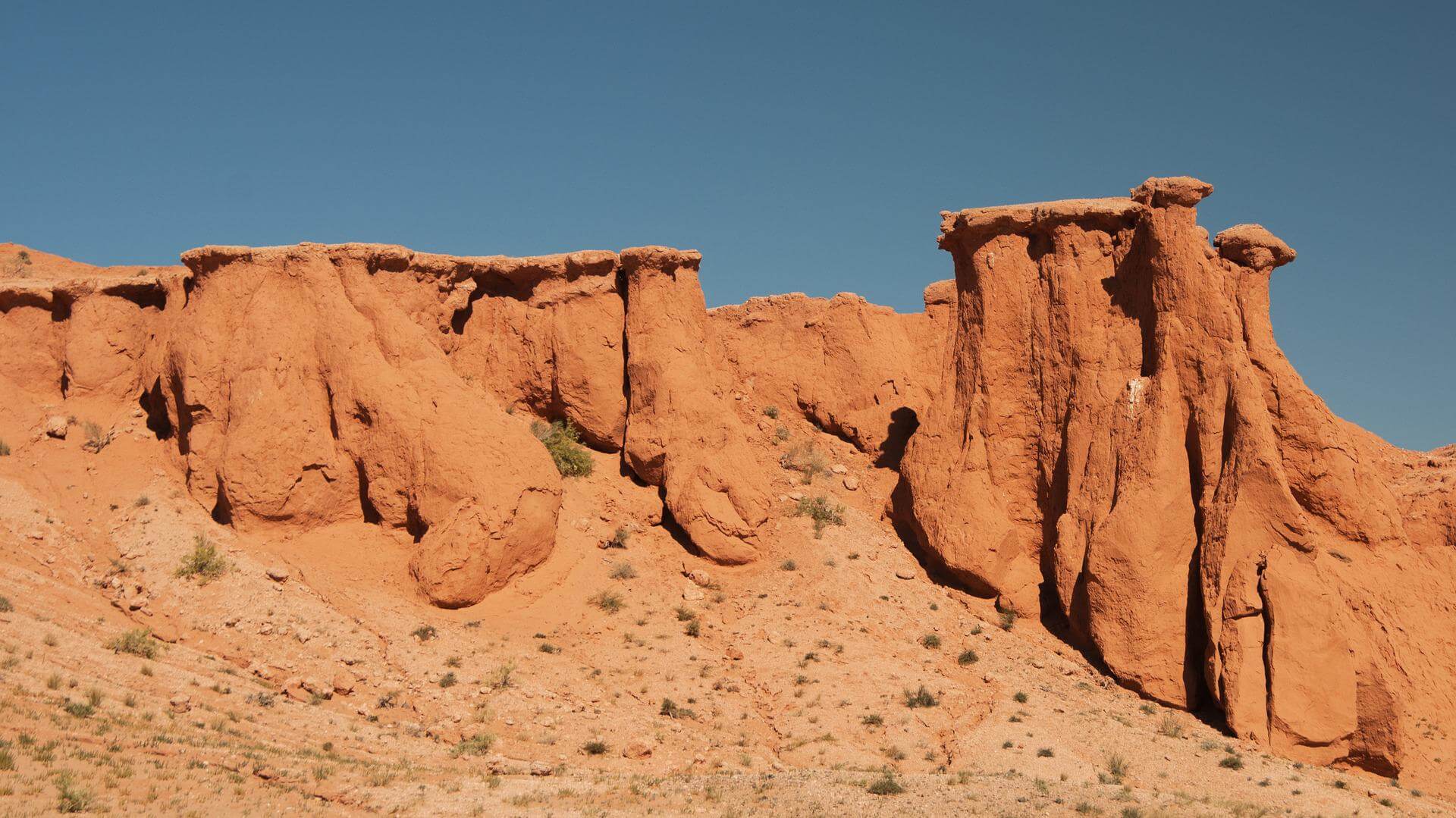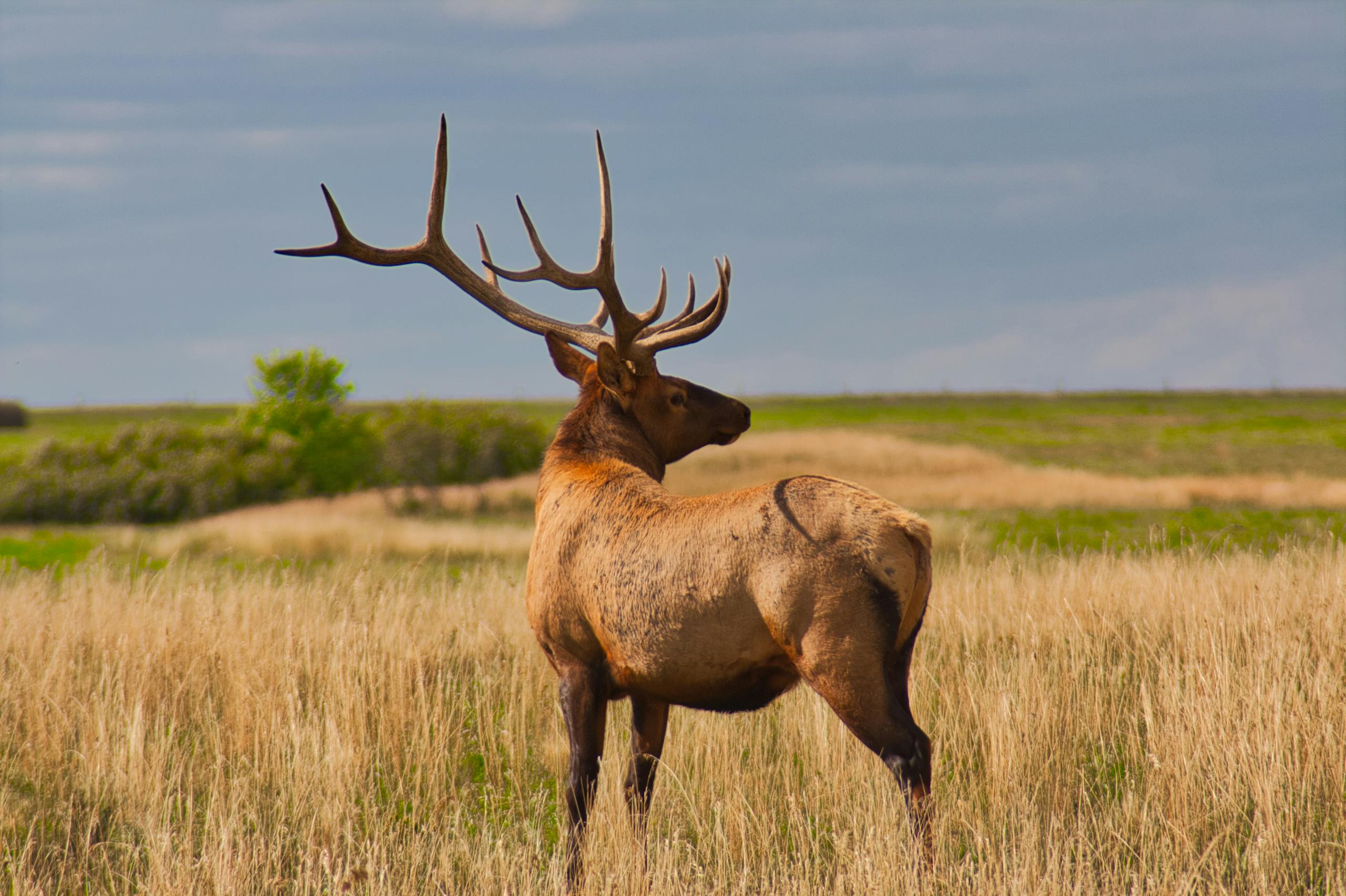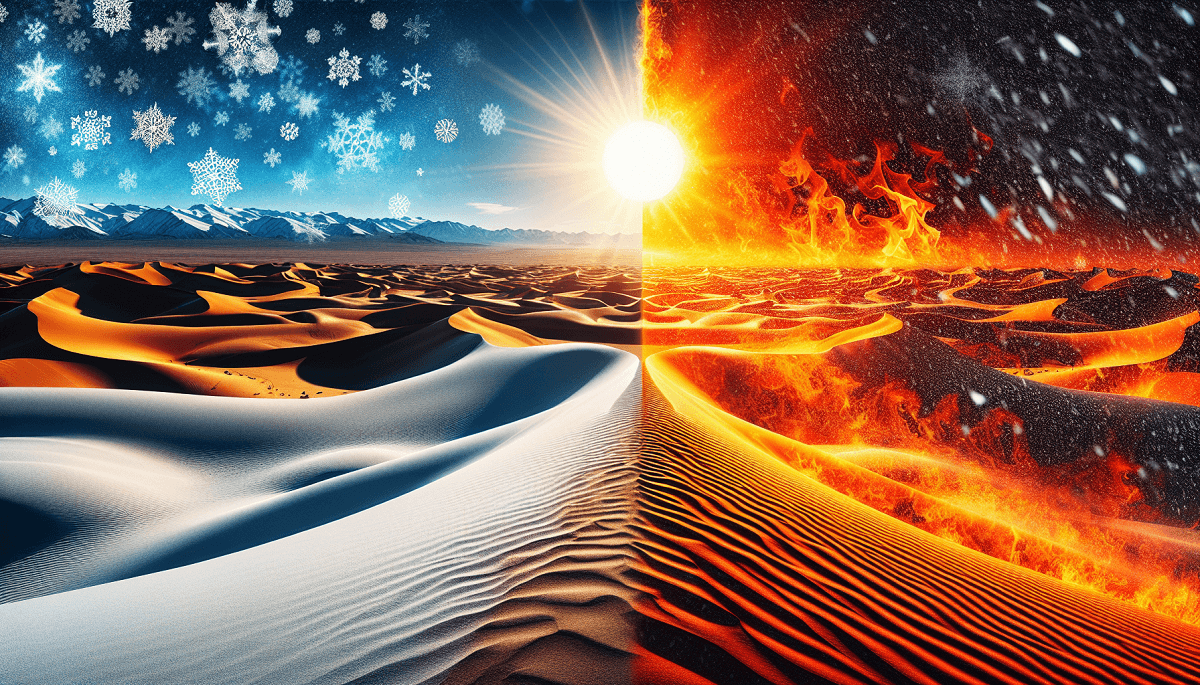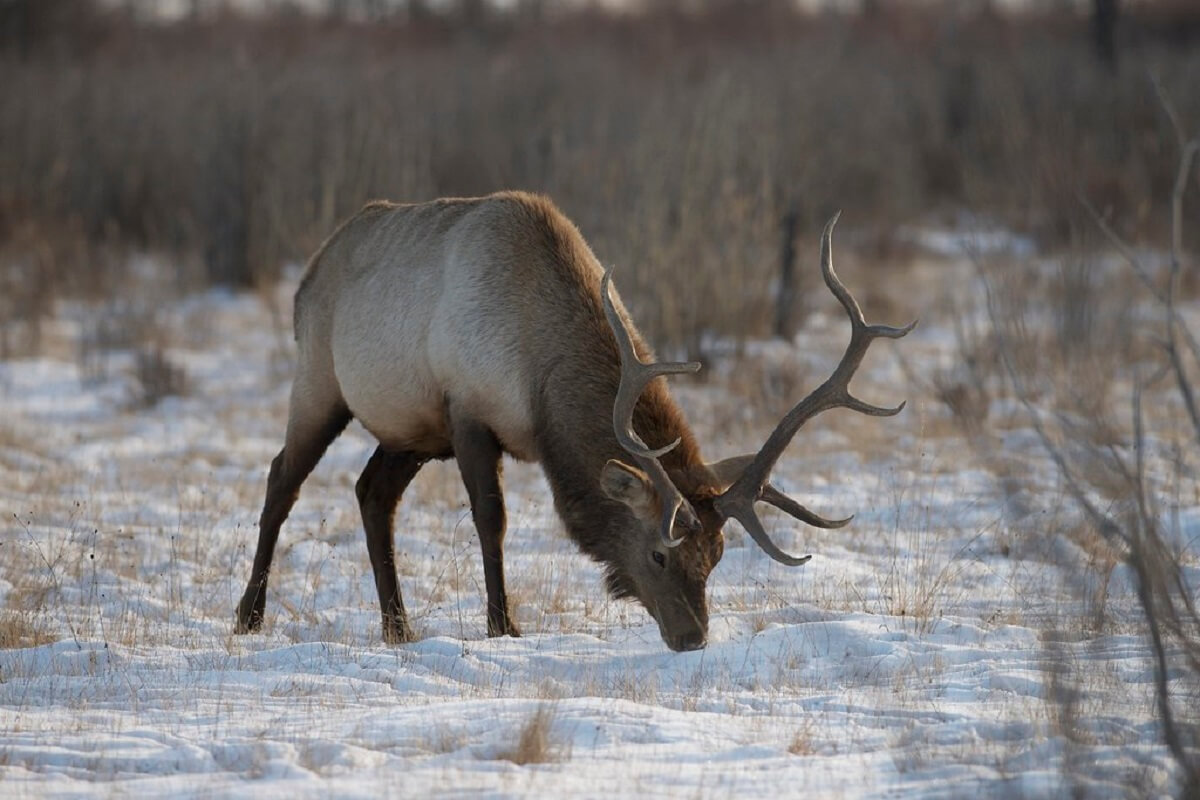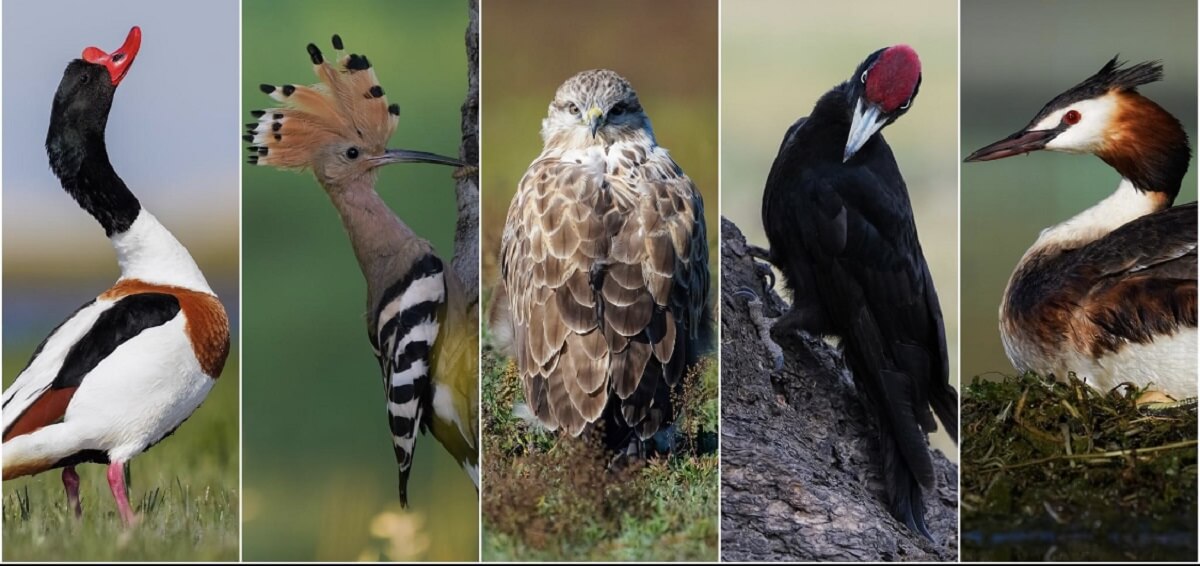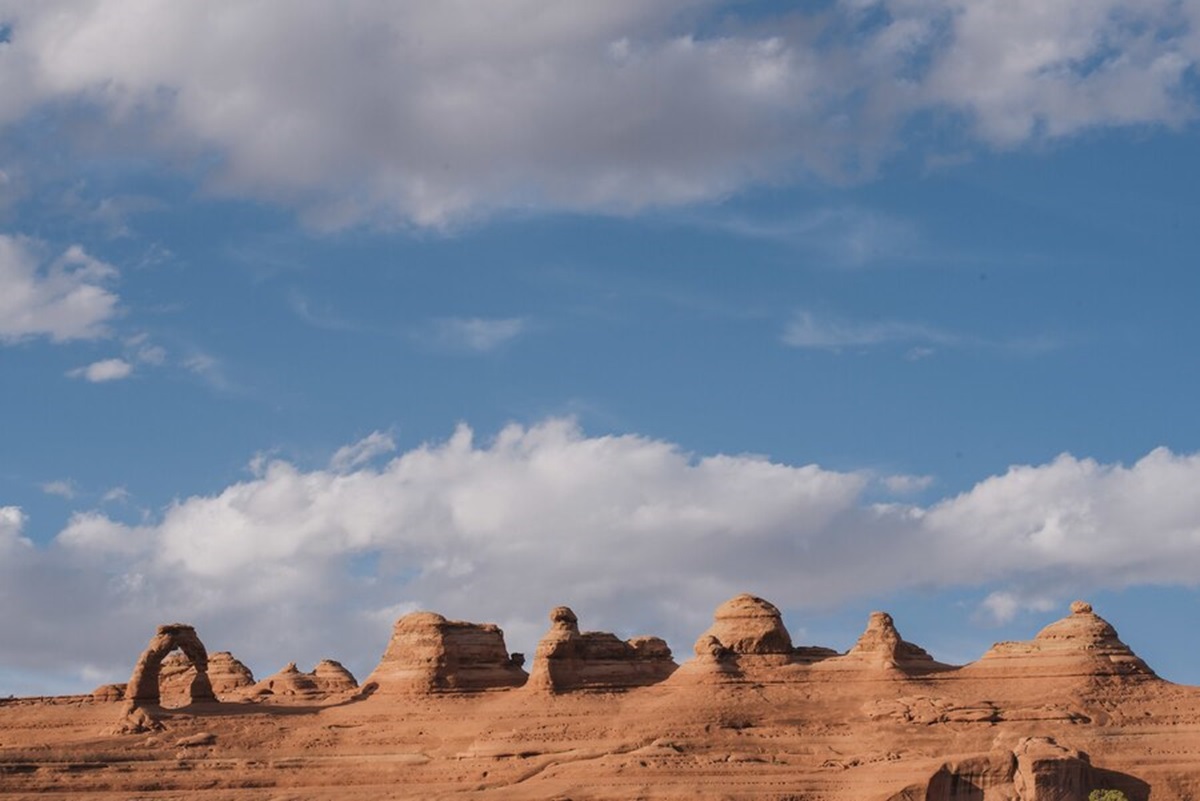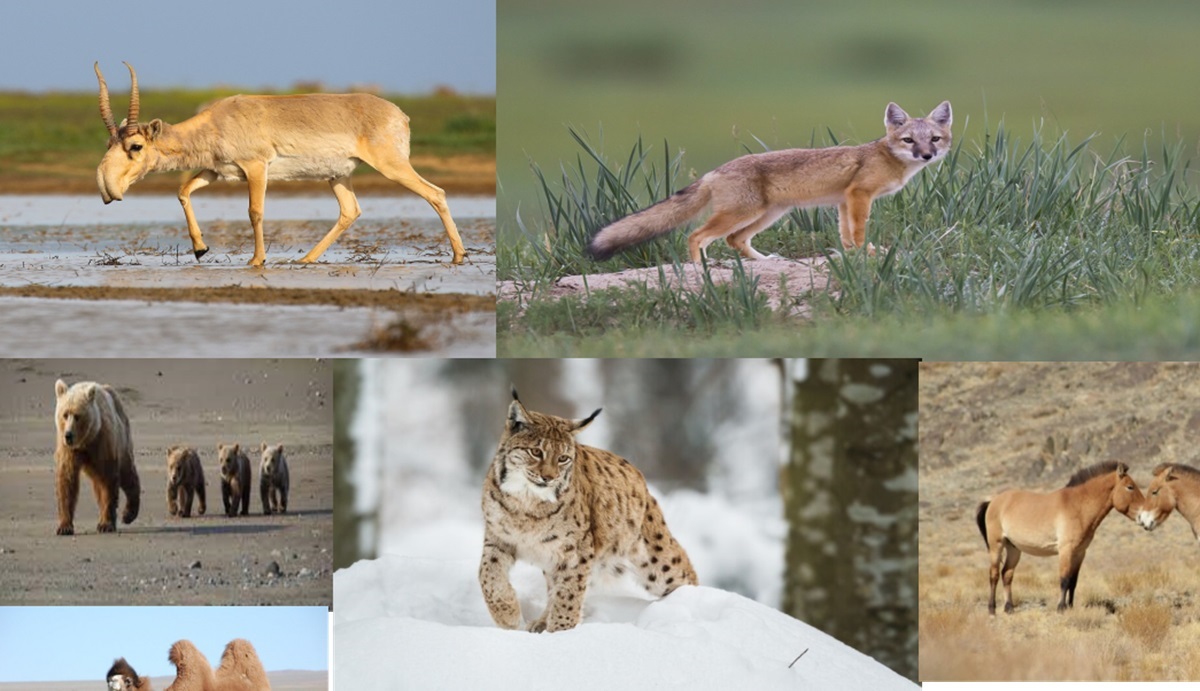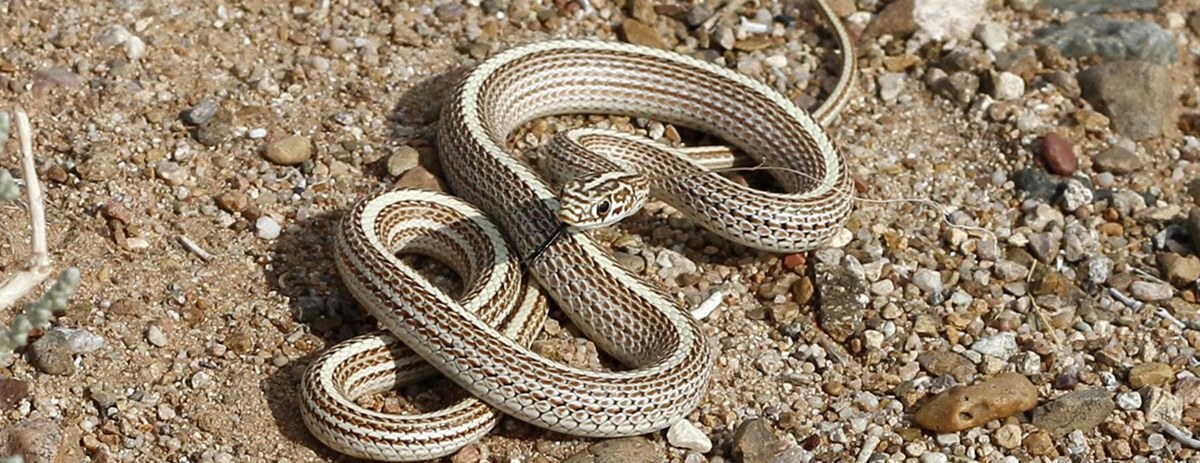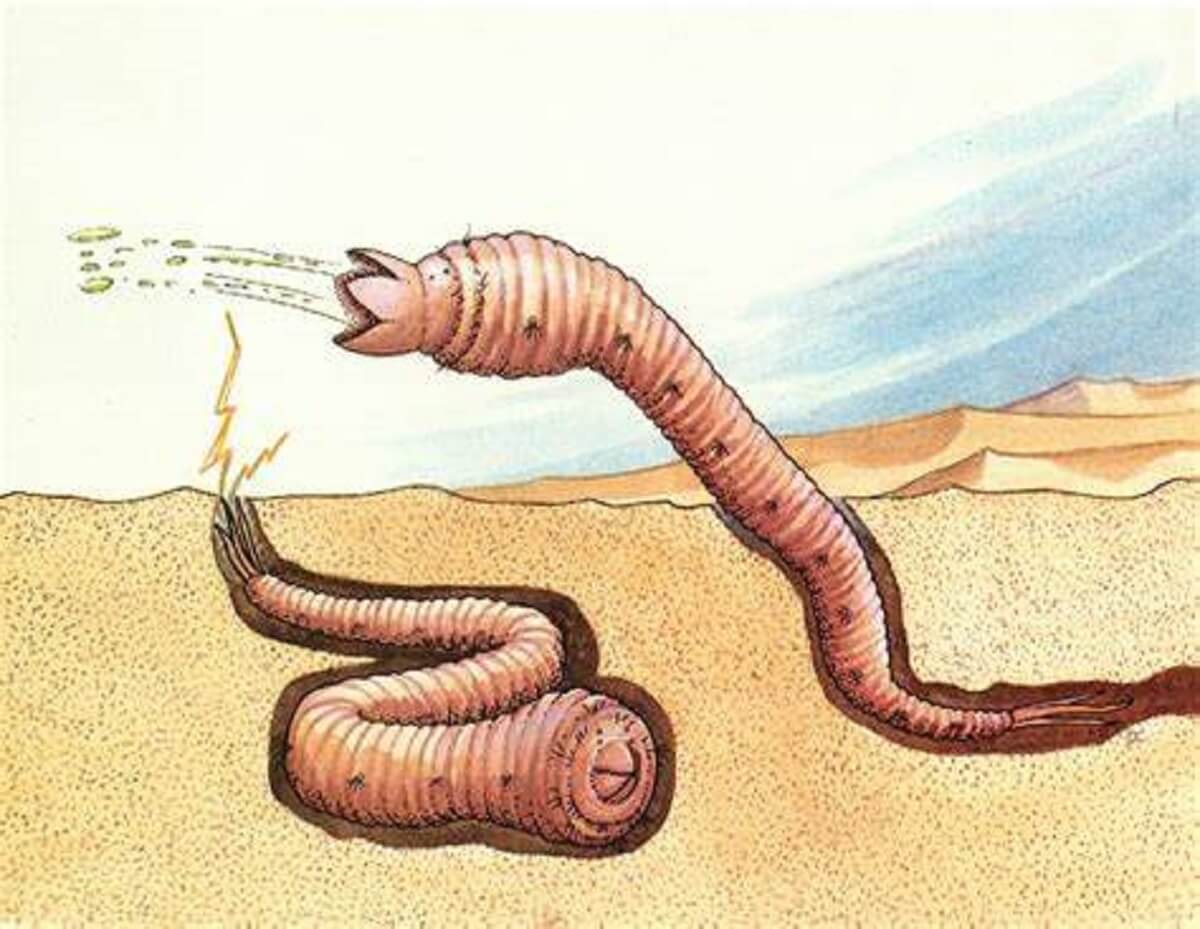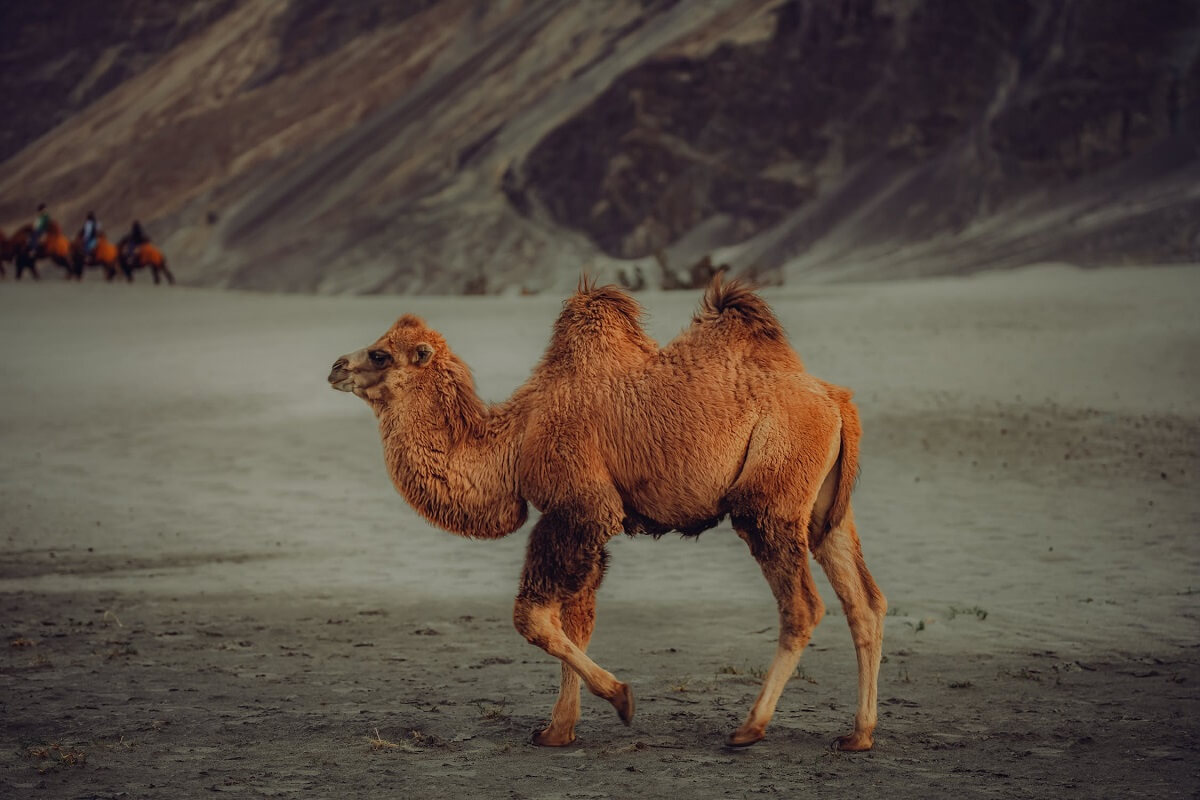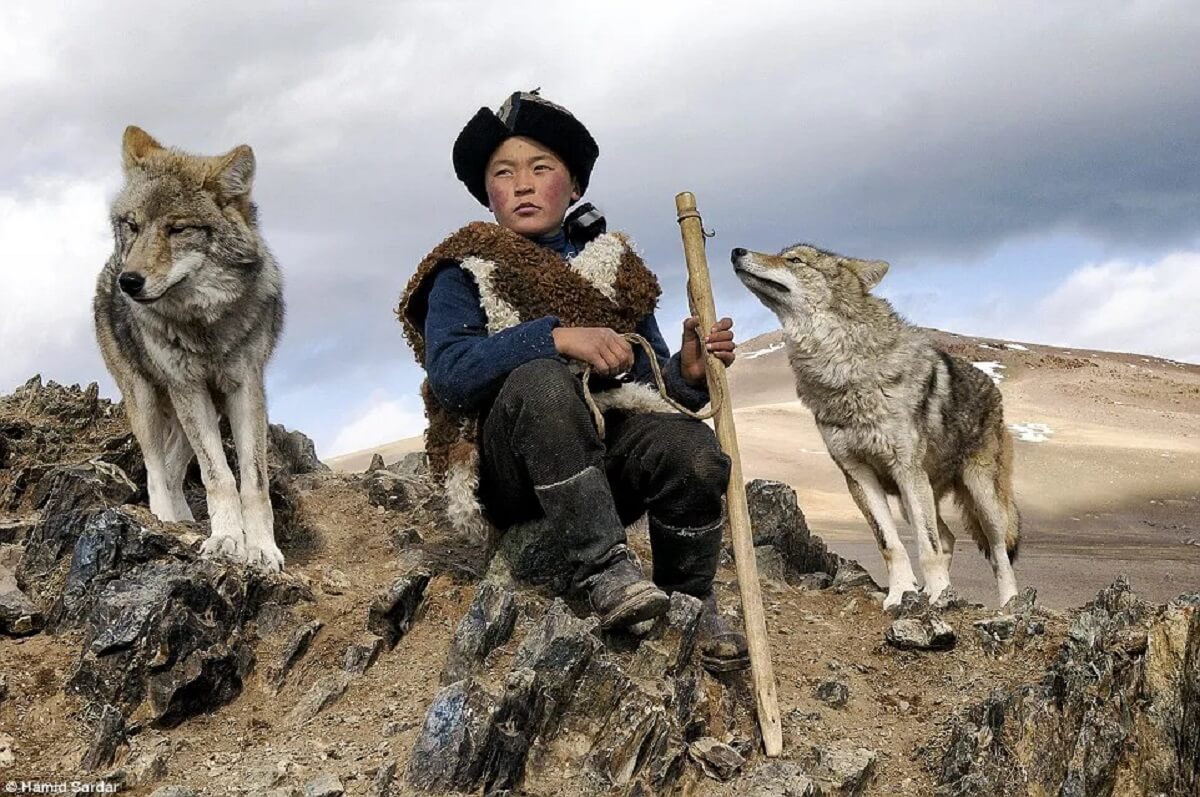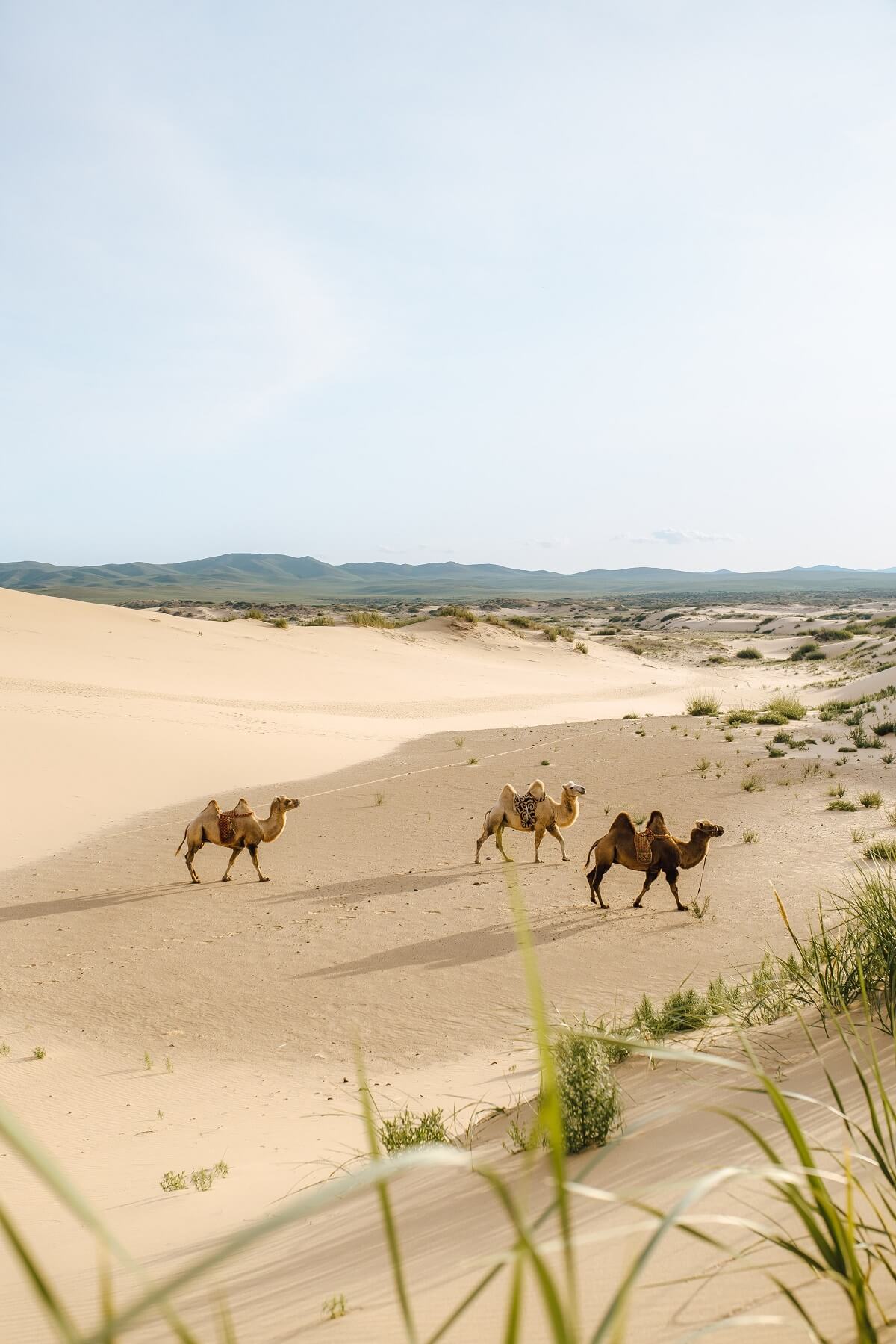What rare animals are found in the Gobi Desert?
The Gobi Desert is home to a number of rare animals including the Snow leopard, the Bactrian camel, the Gobi bear, the gazelle, the argali, Przewalski’s horse, the Khulan, and jerboa. The Mongolian wild ass, a near-threatened species according to the IUCN, also inhabits this region. These animals are all well-adapted to the harsh conditions of the desert, and they provide an important contribution to the desert ecosystem.
Snow leopard:

It is the largest cat in the region, and it is well-adapted to the harsh conditions of the desert. The snow leopard is a predator, and it preys on ungulates such as deer and sheep. It is also known to scavenge on the carcasses of animals that have died from other causes.
The snow leopard is a critically endangered species, and there are only about 4,000-6,500 individuals remaining in the wild.
Bactrian camel:
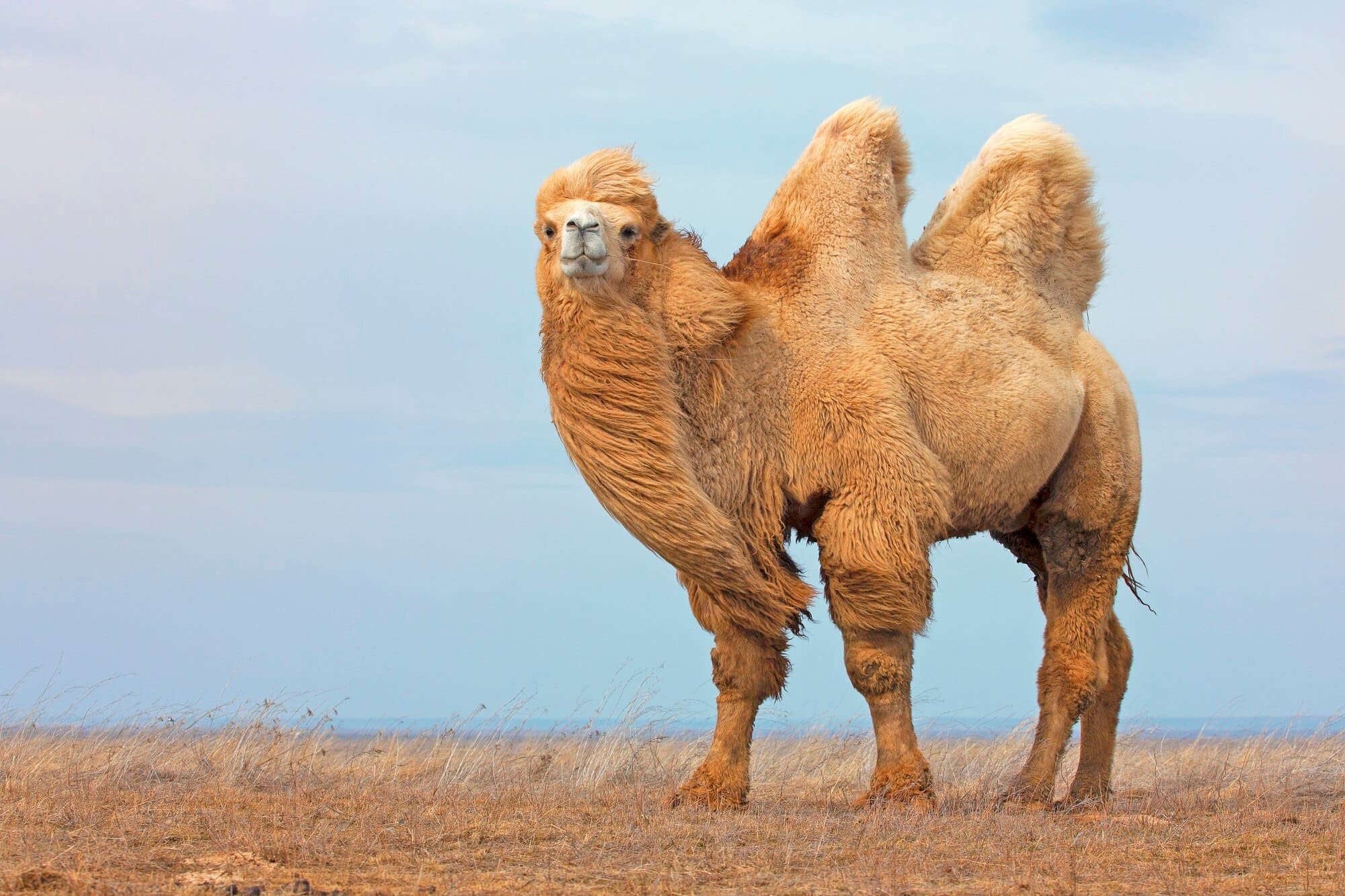
The Bactrian camel is a unique creature that is found in the Gobi Desert. It is the only species of camel that inhabits cold climates, and it is well-adapted to life in the desert. The Bactrian camel has two humps on its back, and it can drink up to 30 gallons of water at once. This camel can also go for long periods of time without food or water, which makes it well-suited for life in the desert. The wild Bactrian camel, critically endangered, has unique adaptations like drinking salty water and storing fat in its humps for energy.
The Bactrian camel is an important part of the Gobi Desert ecosystem, and it helps to transport goods across this vast and remote landscape. It is also an important source of food and water for the people who live in this region. Wild Bactrian camels, with their ability to survive harsh conditions, are a testament to the resilience of species in extreme environments.
Gobi bear:
The Gobi bear is a rare species of bear that is found in the Gobi Desert. It is one of only two species of bears that inhabit Asia, and it is closely related to the brown bear.
The Gobi bear lives in caves and rocky outcroppings, and it feeds on fruits, berries, insects, and small mammals. Adult Gobi bears have a distinctive physical appearance with a lighter coat compared to other bears and exhibit unique behaviors adapted to the harsh desert environment.
Adult Gobi bears weigh between 50 to 100 kilograms, with males generally being heavier than females.
The Gobi bear is a threatened species, and there are estimated to be fewer than 50 individuals remaining in the wild. Poaching and habitat loss are the main threats to the survival of this species. The Gobi Altai region, encompassing the Gobi Altai and South Gobi aimags, is crucial for the conservation of the Gobi bear, providing a habitat that supports diverse wildlife and plant species.
Gazelle:

The gazelle is well-adapted to life in arid environments, and it prefers open habitats where it can flee from predators easily. The gazelle feeds on grasses, leaves, flowers, and fruits, and it can run up to 50 mph when fleeing from danger.
Argali

The argali is the largest species of wild sheep, and it has a thick coat of fur that helps to protect it from the cold temperatures of the desert.
However, the argali is also hunted by humans for its meat and horns, which are used to make traditional medicines.
Przewalski’s horse:

Przewalski’s horse is a rare species of horse that is found in the Gobi Desert. It is the only species of horse that is native to Asia, and it is closely related to the wild mustang. Przewalski’s horse is well-adapted to life in the desert, and it can survive on very little food or water.
Wild ass /Khulan/
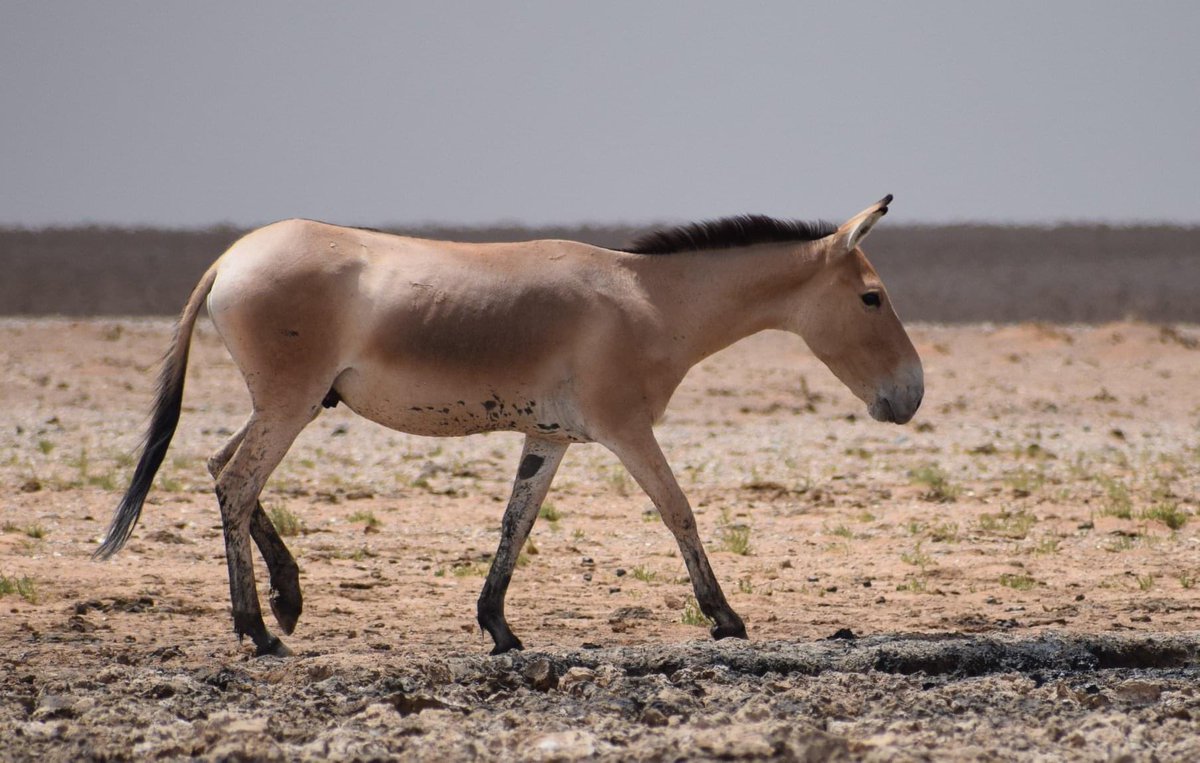
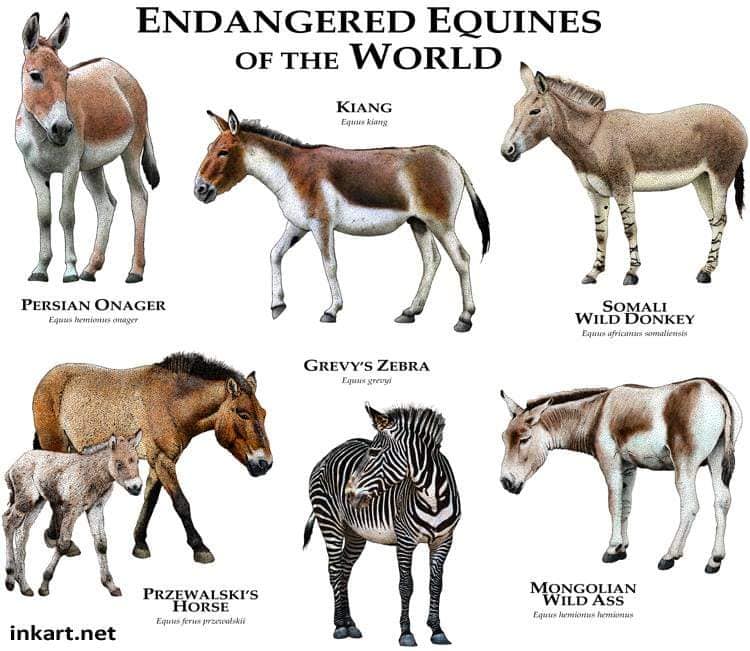
The Mongolian wild ass is well-adapted to life in arid environments, and it prefers open habitats where it can flee from predators easily. The wild ass feeds on grasses, leaves, flowers, and fruits.
Pit Viper

The pit viper is closely related to the rattlesnake, and it is one of the most deadly snakes in the world. The pit viper feeds on small mammals, reptiles, and birds, and it has a long, slender body that allows it to move easily through the sand.
The Golden Eagle

The golden eagle is the largest eagle in the world, and it has a wingspan of up to 7 feet.
Golden eagles are found in Mongolia, Russia, and China. In Mongolia, golden eagles are used in hunting. Mongolian hunters train golden eagles to hunt foxes, rabbits, and other small animals. The golden eagle is the national bird of Mongolia.
The golden eagle is the deadliest bird in the world. A golden eagle can kill a human with its powerful talons. They have been known to attack and kill small children. In Mongolia, there have been reports of golden eagles attacking and killing people. Golden eagles are not to be messed with!
The Mongolian Death Worm
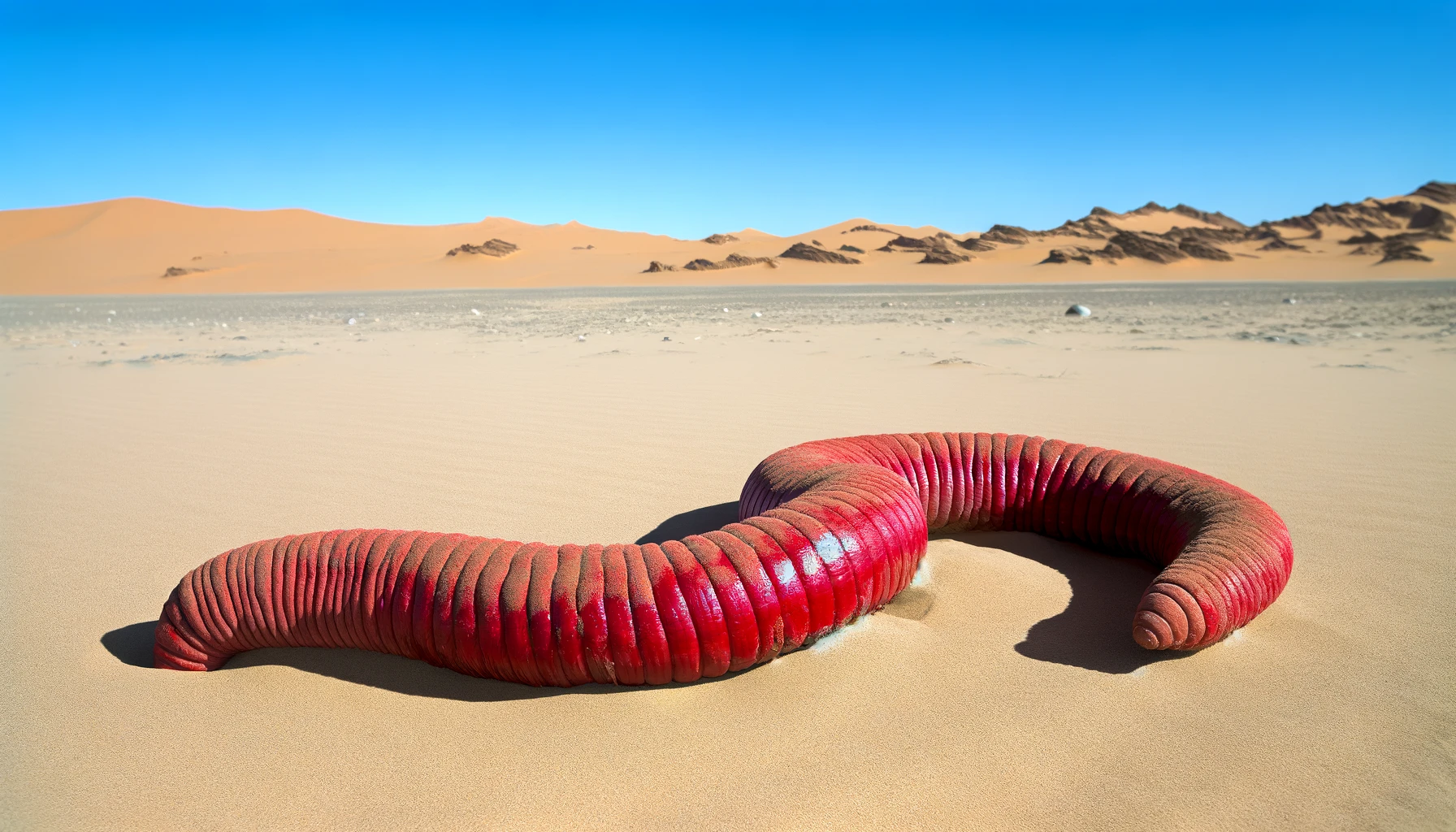
The Mongolian Death Worm, also known as the Olgoi-Khorkhoi, is a legendary creature said to inhabit the Gobi Desert. Descriptions of the worm vary, but it is often depicted as a large, worm-like creature, ranging from 2 to 7 feet long, with a blood-red color and a deadly nature. The creature is alleged to have the ability to kill from a distance, either by spraying venom or by delivering an electric shock. Despite numerous sightings and extensive folklore, no scientific evidence has confirmed the existence of the Mongolian Death Worm.
Key Aspects of the Mongolian Death Worm:
- Appearance: Typically described as blood-red, with a length ranging from 2 to 7 feet and a thick, sausage-like body.
- Habitat: Said to inhabit the sands of the southern Gobi Desert.
- Behavior: Reports claim it can kill its prey or deter threats by spitting venom, emitting a corrosive substance, or generating electric shocks.
- Sightings and Folklore: Local legends and anecdotal accounts are plentiful, but no verified scientific evidence supports its existence.
- Searches and Expeditions: Despite several expeditions to find the worm, no conclusive evidence has been produced.
Let us know in the omments below! or join our newsletter today
Related Tour:
Gobi Desert Tour & Travel 7 days 8 nights
Related Content:
Share to Public

